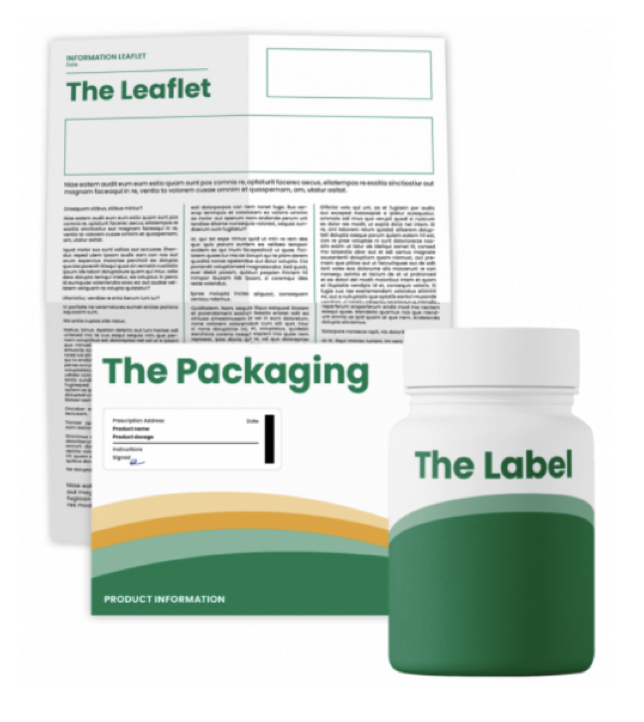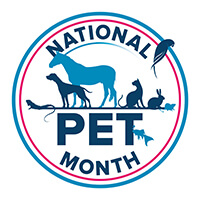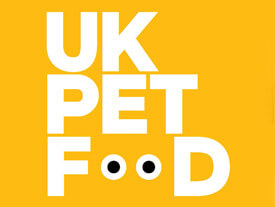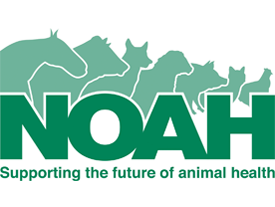Are You Reading All The Information Provided With Your Pet’s Medicine? Doing So Protects You, Your Pet, And The Environment
Our pets are a huge part of our lives, they help us emotionally, physically, and socially. They can help reduce stress and depression, ease loneliness by providing valuable companionship, encourage exercise which has many health benefits and can even help children develop emotional and social skills. They add real joy and unconditional love to our lives.
When our pets are unwell, their health and wellbeing suffer, which in turn makes us feel worried and anxious. The same emotions can arise when we fear our pet is at risk of becoming unwell. Luckily, we have veterinary medicines that can prevent and treat many of the illnesses that our pets may experience. These medicines provide us with the reassurance that our pets can be protected from severe disease, and if they do fall ill, their symptoms can be eased, and they can continue to lead a long and happy life.
To get the most from veterinary medicines, it’s important to take a moment to look at all the information provided with them. Following the instructions ensures you’re using the medicine safely, responsibly and in the way it is intended to be used. This helps protect you, your pet, and the world we live in.
Where can I find the information?

Depending on the veterinary medicine, information will be on the label (either on the product or product box), on the packaging (cardboard box) and the leaflet that comes with the product.
If prescribed by your vet, the vet may also give you specific advice and instructions specifically tailored to your pet and its condition.
Always follow your vet’s advice.
What information do I need to read and why?
All the information provided with a veterinary medicine is important to read, but 5 key areas we recommend familiarising yourself with are:
- Target species
This says what type of animal the medicine is for - it is important to ensure you are giving the correct medicine for the correct species. Take particular care if you have more than one pet in the family.
- Dosage and advice on correct administration
Every veterinary medicine has instructions on the correct amount to give (dose) and how frequently to give it. There may also be information on how to apply or administer the medicine correctly.
- Adverse reactions
Sometimes your pet may experience a reaction to a medicine. The leaflet contains details of reactions that have occurred in other animals and how likely it is to happen. If your medicine has been prescribed by a vet, they will explain what to look out for.
Very occasionally, an unexpected reaction may occur. If you have any concerns, or if you feel the product is not working, always talk to your vet.
- Specials warnings, storage, and disposal instructions
Some veterinary medicines have special warnings such as wearing gloves, instructions on how and where to store the medicine.
Always keep veterinary medicines out of the reach of children and your pets.
- Expiry date
Check the medicine is in date, as medicines may start to lose their effectiveness after the expiry date or after a certain time of being opened. It is advisable not to save veterinary medicines for later use.
How does reading the veterinary medicine information protect you, your pet, and the environment?
For your pet:
- Reading and following the information provided with your pet’s medicine can help prevent errors, such as overdosing your pet or treating the wrong animal if you have more than one pet at home.
- Veterinary medicines can harm your pet and/or fail to work if they are not given correctly.
- For example, if your vet prescribes an antibiotic, they will specify how long the course should be. This course must be completed and not stopped early, even if your pet appears to have recovered.
Unfinished courses can result in the infection coming back, and a further course of antibiotics may then be required. This could contribute to the bacteria developing resistance to antibiotics, meaning the treatment will no longer be effective.
For you:
- The instructions set out how to give or apply your pet’s medicine safely and correctly.
- For example, you may need to wear gloves, or wash hands after using.
For the environment:
- Reading and following the information provided with your veterinary medicine helps protect the environment from potential harm.
- For example, some veterinary parasiticides (used to treat fleas and ticks) may contain specific warnings, such as not to wash your pet or its bedding or not to allow them to swim in watercourses for a specific timeframe after treatment.
NOAH has launched a campaign to raise awareness of the importance of reading and following veterinary medicine instructions and how it helps protect pets, us and the environment. Called ‘Paws to Protect’, find out more at https://www.noah.co.uk/campaigns/paws-to-protect/
National Pet Month runs from April 1-May 1. #NPM24


